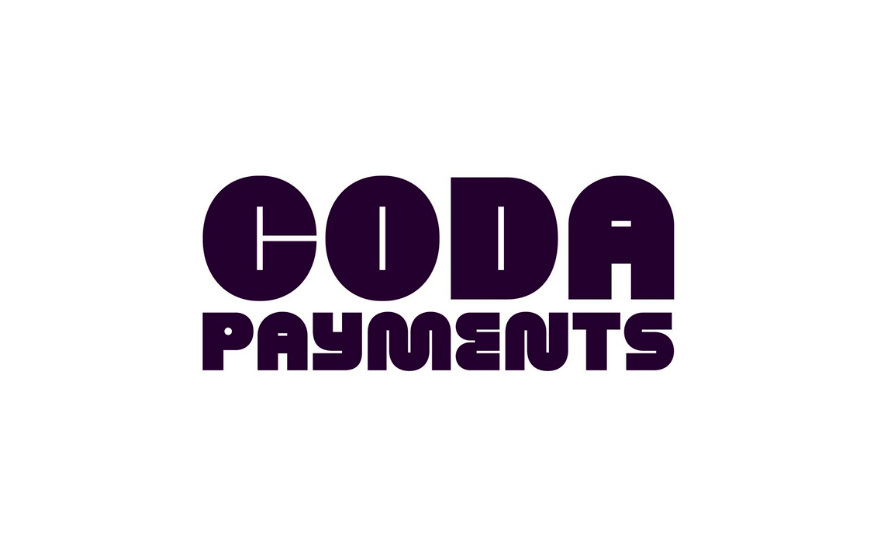

The requirements in fintech infrastructure encompass not only teams with a capacity for not just regulatory expertise, but also a capacity for specifically proprietary regulatory expertise (i.e. This is especially the case for highly regulated industries like Fintech (as opposed to for e.g. Communication (Twilio), CRM (Zendesk), etc). Fintech infrastructure is far less turnkey than other types of infrastructure provider (e.g. The churn-off problem is uniquely mitigated in Fintech Infrastructure. This basically describes the situation where smaller startups use your infrastructure solution as an interim to building their own tools, or represents a potential for volatile revenues. The main bear factor for b2b infrastructure plays is the churn-off problem. Revenue Concentration should be seen as a positive feature, and not a bug, of B2B Fintech Infrastructure. They may also leave suddenly, creating volatile revenue situations. This makes sense - after all, when a customer represents a significant portion of your revenue, they hold a significant bargaining position and may drive your margins down in the long run. Long-term sustainability of concentration risk for b2b fintech infraīoundary conditions for understanding when b2b concentration risk mattersĬonventional logic says that revenue concentration risk is something to be worried about. Why those sentiments are wrong when examining stickiness, servicing whales, and making an alpha v beta market bet as an investor


Illustrating B2B concentration risk across different segments of Fintech As more fintech infrastructure companies IPO and grow in the public markets with significant customer concentration, Chia (Saison Capital) and I wanted to dive into the implications for rethinking concentration risk in the unique context of b2b fintech infrastructure companies.Ĭurrent sentiment on revenue concentration risk


 0 kommentar(er)
0 kommentar(er)
